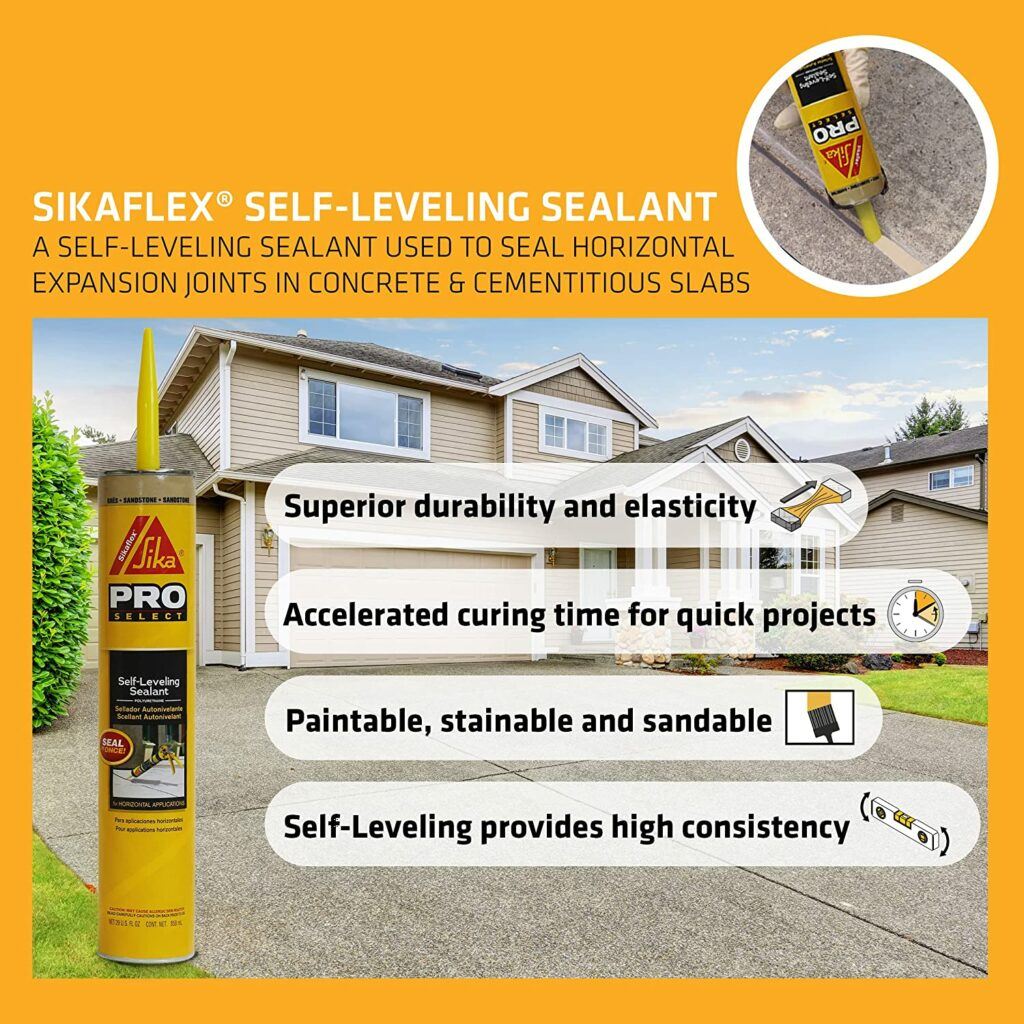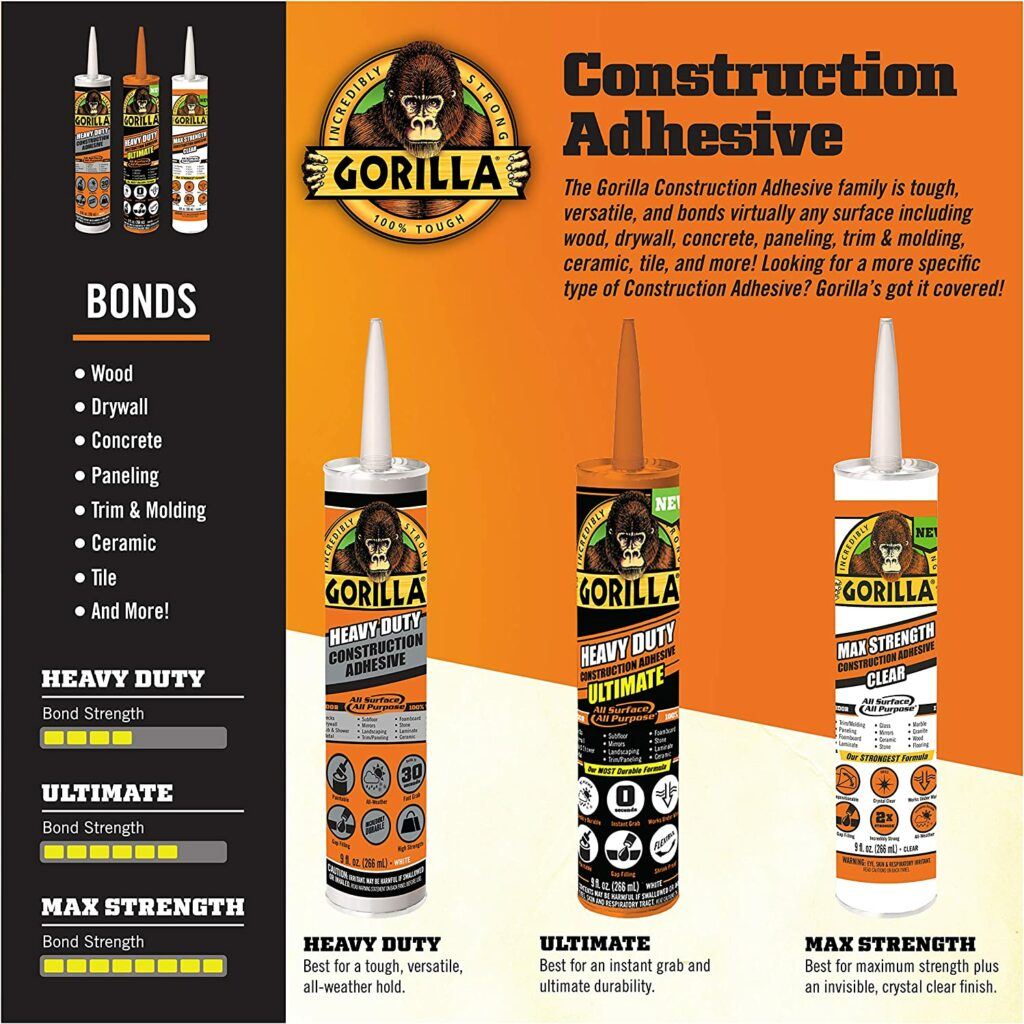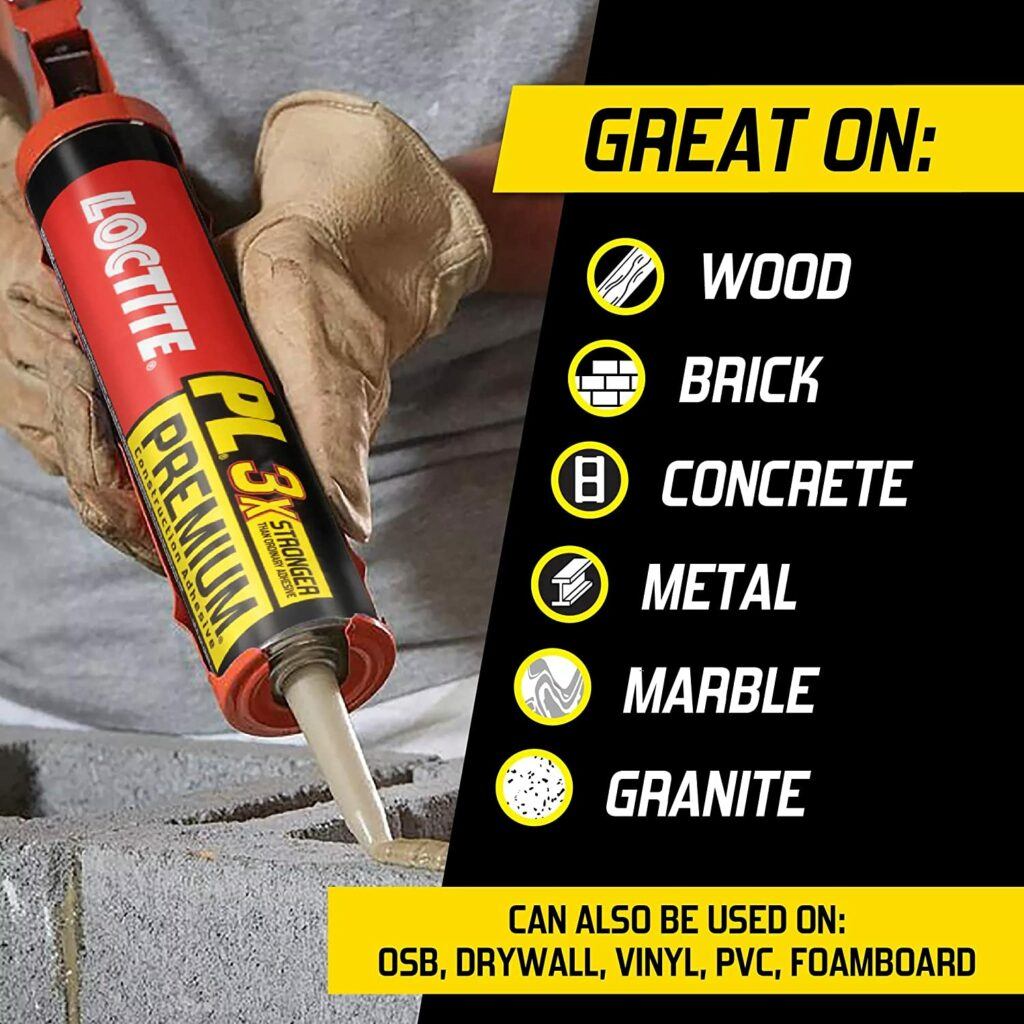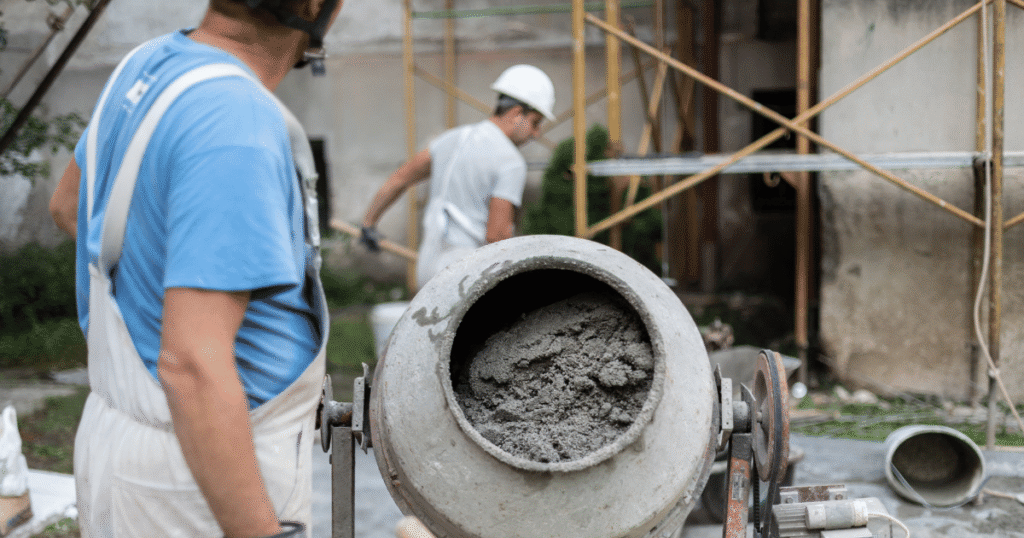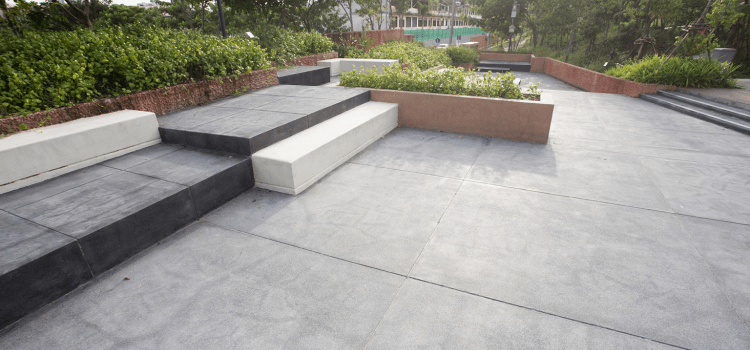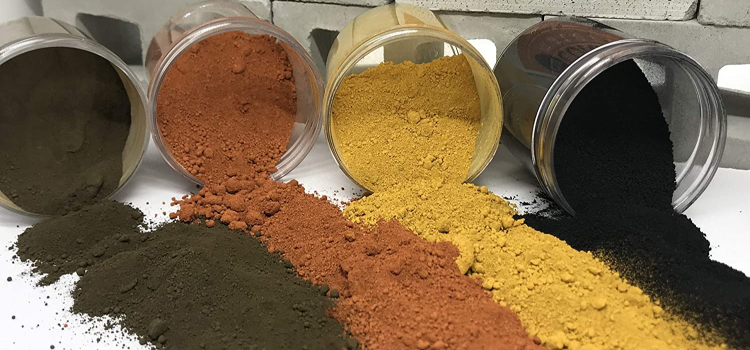Concrete floor crack repair can be done by using a specialized concrete crack filler designed to fill in and seal the cracks in your concrete.
Concrete should not crack, and if it has, there is usually a good reason for it doing so.
In this article, I will explain why concrete cracks and how we can minimize the chance of it cracking, as well as which type of concrete floor crack filler is best and most suited for your job.
Best Overall Concrete Floor Crack Repair Fillers
There is nothing worse than buying a product that does not stand up to its name.
Peoples reviews and personal experiences matter and all of these 3 products rank in the highest of concrete floor crack repair products, and I personally have used and recommend the Sika Pro.
As an Amazon associate I may earn a commission upon qualifying sales.
What Makes A Good Concrete Floor Crack Repair Filler?
All concrete crack fillers should be waterproof and UV resistant.
Any water that penetrates through cracks will cause your concrete to break down and weaken over time.
If your cracks are in a driveway or a place where vehicles are driving or parked often, water can seep through cracks, sit under the concrete, and as vibrations from vehicles start, voids will form under the concrete causing a lack of support and in turn, cause your concrete to crack and /or break.
Some concrete fillers are paintable which can be a huge advantage if the natural concrete filler color is different from the concrete you are repairing the cracks on.
You can paint the filler the same color as the existing concrete after you have filled in the cracks and it has dried.
How To Do Concrete Floor Crack Repair
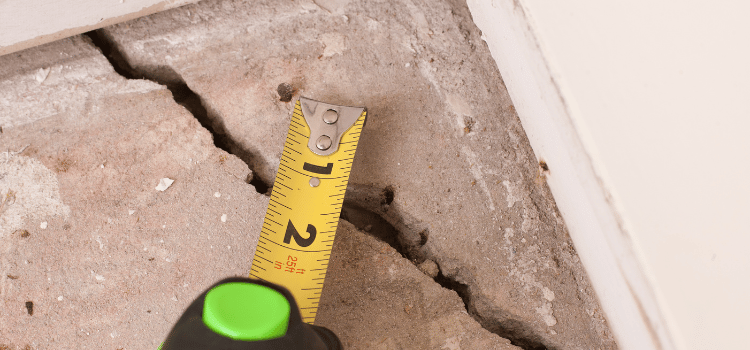
Any cracks in finished, dry concrete should be mended straight away. The longer concrete cracks are left open the faster moisture and other contaminants can get in and can compromise the concrete’s strength by breaking down the elements.
If you are going to be filling cracks it is in your best interest to do some prep work beforehand, as skipping these steps will increase your chances of the filler not working to 100% of its capabilities.
1 – Prep Your Concrete Cracks
If the concrete cracks are straight enough you can prep each side with masking tape to prevent spillage and protect surrounding areas a tad more.
2 – Prep your concrete Floor crack Repair filler
If you are using a mix-up concrete filler, this can get messy. A few tips are to “first make your mixture and then pour some into a small funnel, or bag with a small hole cut into one bottom corner. Pour a small amount “about a cup or two into the funnel or bag, and then guide the funnel tip or bag tip or hole, into the cracks. You can use your finger as an open and shut gate on the funnel tip, or pinch the bag hole to close the bag.
Depending on how you are applying and what you are applying onto, dryer concrete filler can be used and applied with a paint scraper and smeared into the cracks.
The runnier the mixture of concrete filler, the deeper it can penetrate into concrete cracks and help fill finer cracks in the concrete than an epoxy solution can.
3 – Clean Up As You Go
Why Concrete Cracks
There are a few reasons why concrete can crack and I will name a few or “Most” of the main reasons people find their concrete cracking.
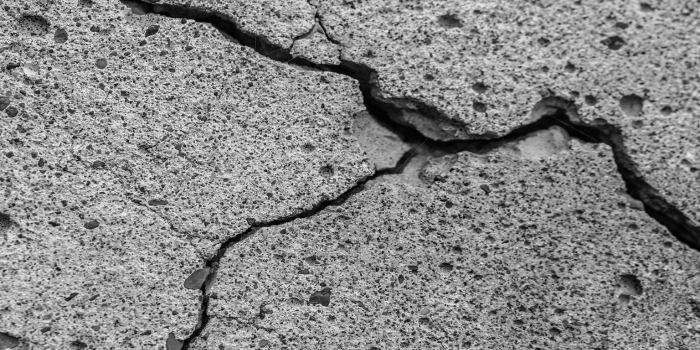
1 – Bad ground foundations. Concrete is only as good as its base. If the concrete has bad support, it is already compromised.
2- No concrete reinforcement. Mesh, steel, or fiberglass should be used in almost all concrete projects.
3 – The temperature. when the concrete was poured, was too hot. If concrete dries too fast it will crack.
4 – Wind damage. If pouring on windy days, using a kelly float/power float can start to separate concrete as it dries. This is because the top layer of concrete is drying at a different rate that the middle, and bottom layers.
5 – Under strength. If the concrete MPa is not per requirements or the pad is too thin for its intended purpose, the concrete will again be compromised
6 – Frost or Freezing damage. If your concrete is flakey and peeling off on the surface only, this is normally caused by frost damage.
Types Of Concrete Floor Crack Repair Filler
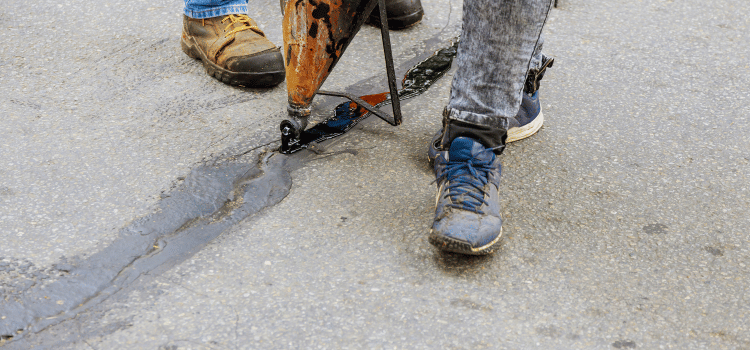
Since materials vary and conditions are not the same from job to job, specialized concrete fillers are available to buy or order online, and knowing which one best suits the job you need it for is a must to help stop further damage to your concrete.
Epoxy Fillers are most commonly used for sealing inside basements or garages as well as concrete block walls. Epoxy crack fillers are a combination of resin and a hardener. They often dry faster than other crack fillers. Being 100% waterproof epoxy crack fillers are commonly used and have an excellent reputation.
Concrete Sealants and Caulks are by far the most popular for almost all types of concrete cracks both inside and outside.
Easy to use and tidy, they are available in squeeze tubes that can be used with a caulking gun. Concrete sealants are an excellent option for jobs in harsh weather conditions and will last much longer than caulks however both are highly recommended.
Fast Drying Concrete is ideal for larger cracks wider than 10mm. It is often bought as a dry mix and is made ready by adding water to the mixture before use.
Patching Compound Fillers usually come in ready-to-use tubs and are really just a ready-mix batch of fine concrete. Great for large cracks.
Patch Sealers are used more commonly for smaller isolated patches of cracking. It is bought normally in a tub and can be applied with a paint scraper or spatula.
When To Seek Further Advice For Your Concrete

If your concrete is cracked in a really bad state and individual bits of concrete are starting to become apparent and may even tilt or move a fraction.
If the concrete is on a driveway, you may need to have the driveway replaced or partially replaced.
If the concrete is inside, you may want to think about filling with a concrete floor crack filler and then seal the floor with a concrete sealant. If the cracks are very bad and still getting wider, or more forming, it is time to seek help or further assistance from a professional concrete placer.



